Thirty years ago, CERN made scientific history with the discoveries of the W and Z bosons. Here, we reprint an extract from the special issue of CERN Courier that commemorated this breakthrough.
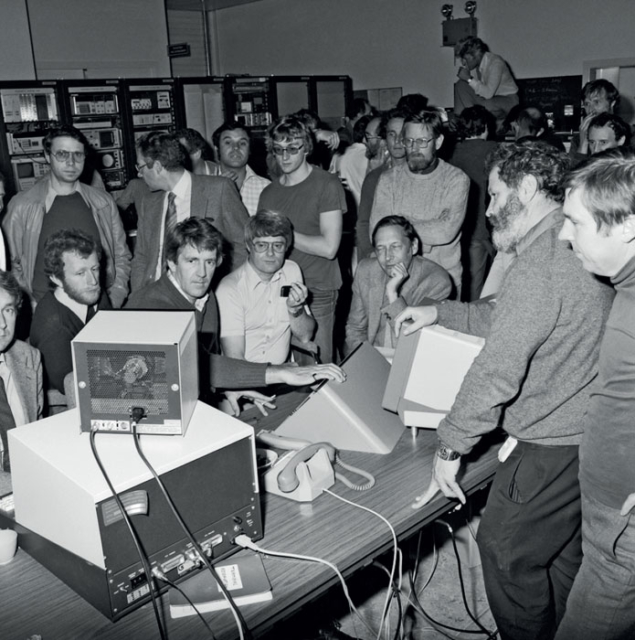
In February 1981, the Proton Synchrotron received and accelerated antiprotons from the Antiproton Accumulator, thus becoming the world’s first Antiproton Synchrotron. On 7 July, transfer to the Super Proton Synchrotron, acceleration and brief storage at 270 GeV were achieved. Carlo Rubbia delayed his departure to the Lisbon High Energy Physics Conference by a day so that on 10 July he was able to announce that the UA1 detector had seen its first proton–antiproton collisions. There were runs at modest intensities in the second half of the year and the first visual records of the collisions came from another experiment (UA5) using large streamer chambers. UA5 was then moved out to make way for UA2, which took its first data in December.
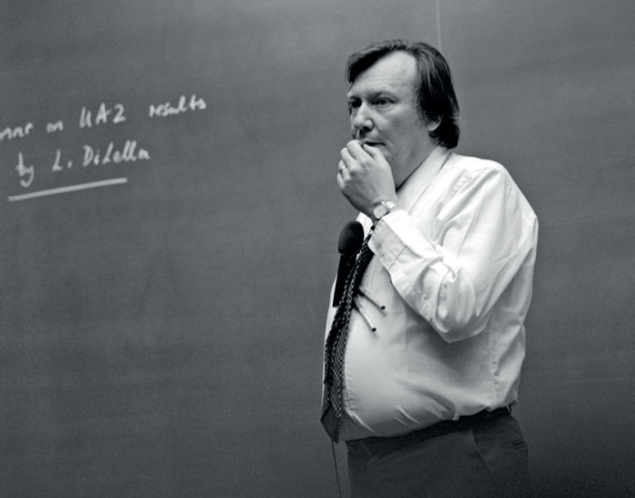
In 1982, an accident to UA1 forced a concentration of the scheduled proton–antiproton running into a single two-month period at the end of the year (October to December). In terms of operating efficiency, it proved a blessing in disguise and research director Erwin Gabathuler happily sacrificed a crate of champagne to the machine-operating crews as the collision rate was taken to 10 times that of the year before. This was the historic run in which the W particles were first observed.
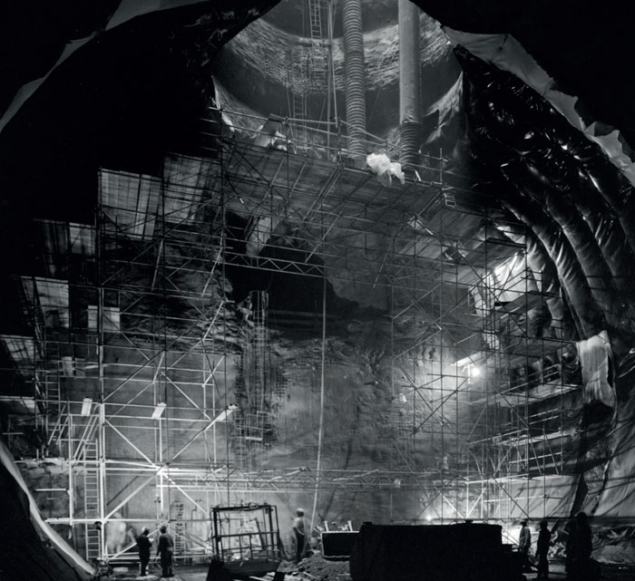
It was astonishing how fast physics results were pulled from the data accumulated up to 6 December 1982. At a Topical Workshop on Proton-Antiproton Collider Physics held in Rome from 12–14 January 1983, the first tentative evidence for observation of the W particle by the UA1 and UA2 collaborations was there. Out of the several thousand-million collisions that had been seen, a tiny handful gave signals that could correspond to the production of a W in the high-energy collision and its subsequent decay into an electron (or positron if the W was positively charged) and a neutrino. The detectors were programmed to look for high-energy electrons coming out at a relatively large angle to the beam direction. Also, energy imbalance of the particles around a decay indicated the emergence of a neutrino, which itself cannot be detected in the experimental apparatus.
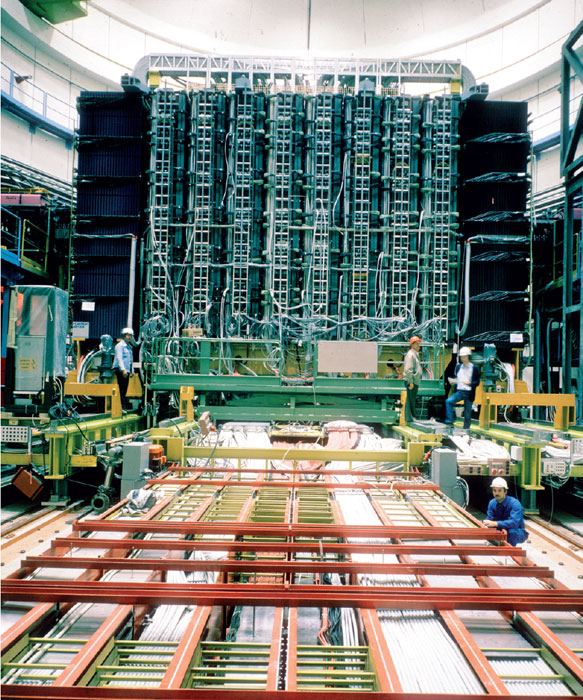
The tension at CERN became electric, culminating in two brilliant seminars, from Carlo Rubbia (for UA1) on Thursday 20 January and Luigi Di Lella (for UA2) the following afternoon, both with the CERN auditorium packed to the roof. UA1 announced six candidate W events; UA2 announced four. The presentations were still tentative and qualified. However, over the weekend of 22–23 January, Rubbia became more and more convinced. As he put it, “They look like Ws, they feel like Ws, they smell like Ws, they must be Ws”. And, on 25 January, a press conference was called to announce the discovery of the W. The UA2 team reserved judgement at this stage but further analysis convinced them also. What was even more impressive was that both teams could already give estimates of mass in excellent agreement with the predictions (about 80 GeV) of the electroweak theory.
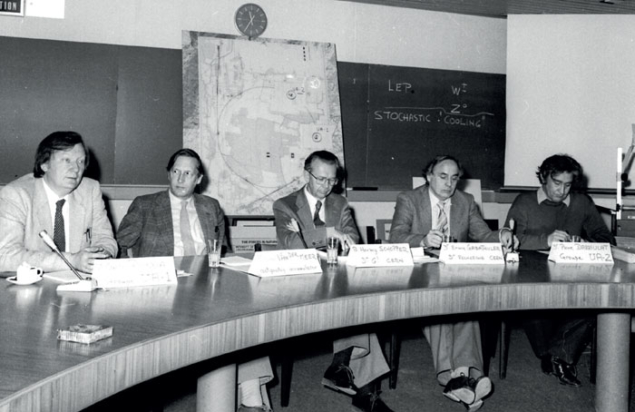
It was always clear that the Z would take longer to find. The theory estimated its production rate to be some 10 times lower than that of the Ws. It implied that the machine physicists had to push their collision rates still higher, and this they did in style in the second historic proton–antiproton run from April to July 1983. They exceeded by 50% the challenging goal that had been set and this time it was director-general Herwig Schopper who forfeited a crate of champagne.

Again there was tension as the run began because the Z did not seem keen to show itself. Although more difficult to produce than the W, its signature is easier to spot because it can decay into an electron–positron pair or a muon pair. Two such high-energy particles flying out in opposite directions were no problem for detectors and data-handling systems that had so cleverly unearthed the W.
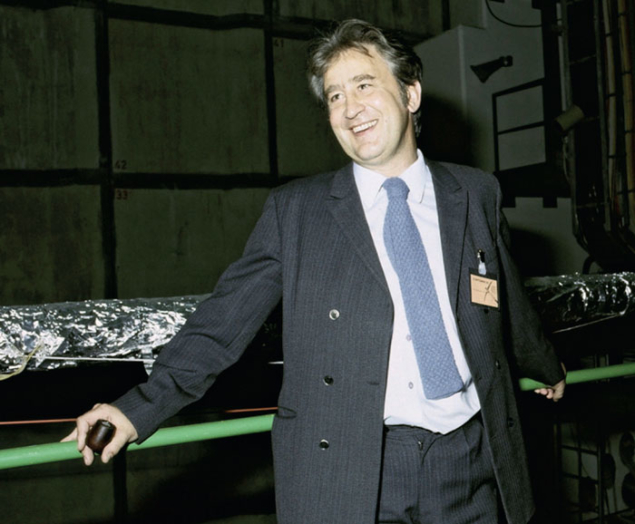
On 4 May, when analysing the collisions recorded in the UA1 detector a few days earlier, on 30 April, the characteristic signal of two opposite high-energy tracks was seen. Herwig Schopper reported the event at the “Science for Peace” meeting in San Remo on 5 May. However, the event was not a clean example of a particle–antiparticle pair and it was only after three more events had turned up in the course of the month that CERN went public, announcing the discovery of the Z to the press on 1 June. Again, the mass (near 90 GeV) looked bang in line with theory. Just after the run, Pierre Darriulat was able to announce in July that UA2 had also seen at least four good Z decays.

In addition to the Ws and Zs, the observed behaviour was everything that the electroweak theory predicted. Two independent experiments had confirmed a theory of breathtaking imagination and insight.
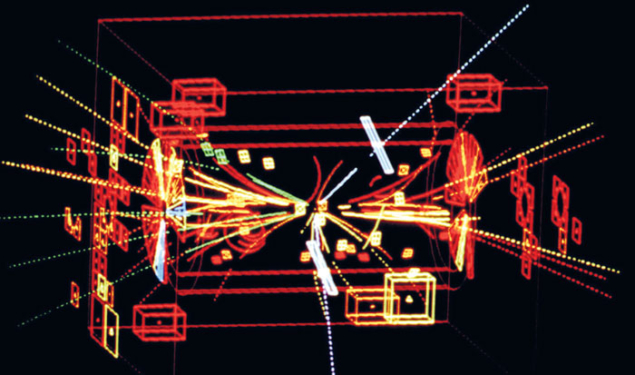
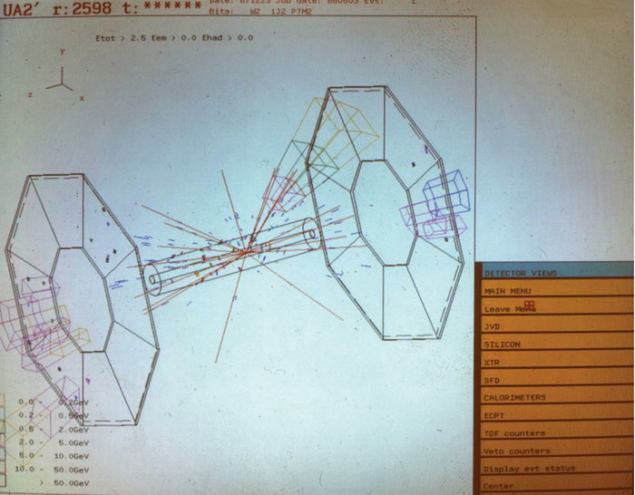
• Extracted from CERN Courier November 1982 pp360–361.



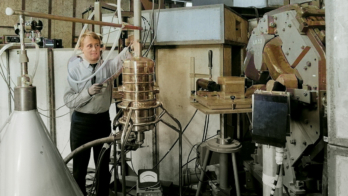
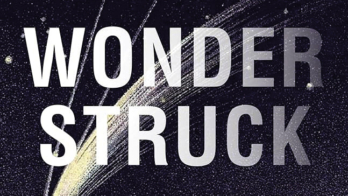

44 Comments